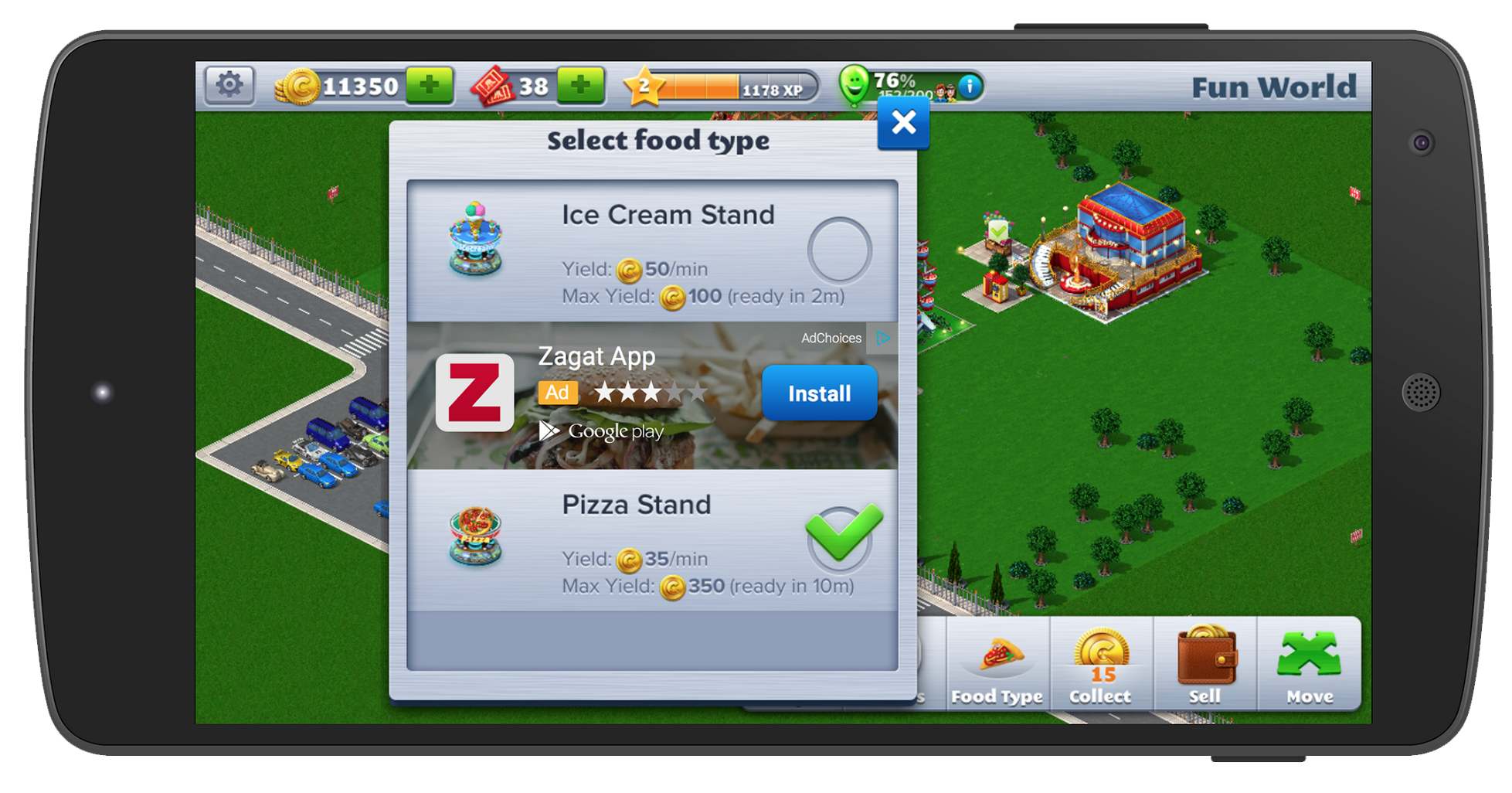Instagram introduced the Story function to their platform in August 2016. Replicating Snapchat, the Instagram Story offers ephemeral visual content that disappears 24 hours after posting it.
As with the introduction of any new tool on social media, the first question a business must ask itself is: How can we leverage this new platform to promote our company, product or services?
Here are some tips to help you craft the perfect Instagram Story strategy:
GIVE A BEHIND-THE-SCENES LOOK
Instagram users expect the most touched-up and polished visual content to show up on the feed. Part of the appeal of the Instagram Story is that it offers a deeper, less polished look into the day-to-day life of the account.
Musicians take advantage of Instagram Stories by previewing snippets of new music on their stories. The fact that these stories will disappear activates a fan’s FOMO (Fear Of Missing Out). If they see one of their favorite artists post to their story, they feel obligated to watch it or else they will miss out on exclusive music, otherwise they may have to wait months for an official release. Thus, it both offers a behind the scenes look and incites users to return to view more stories.
FOMO
FOMO, or Fear of Missing Out, is a form of anxiety triggered by missing an opportunity. For example, when considering whether to go to an office party or a concert, one may be more driven to go because one doesn’t want to miss out on fun than wanting to enjoy the experience.
The ephemeral nature of the Instagram Story makes FOMO a major psychological factor determining whether a user elects to watch a story or not. If the user does not watch the story, they will never see the content. Businesses want to offer exclusive deals and content through their story that are not available anywhere else. Consumers who watch stories with exclusive deals and content are thereby rewarded and are more likely to watch them in the future to get more deals.
Incorporating exclusive deals will draw more users to watch your business’s Story because—well, it’ll make them afraid of missing out. Check out Psychology Today’s deep dive into FOMO.
KEEP IT FUN, KEEP IT LIGHT, KEEP IT MOVING
Take your Instagram Story on the road. Vary up the locations where you post and it will create more excitement as users will know to expect the unexpected when they view your story. Keep it light, give it some humor. Your Instagram Story should contain content that lightens the mood and makes viewers want to return.
MAKE IT A REAL STORY
Stories have a beginning, middle and end. Instagram Stories can conform to that structure as well! If an employee is going to a convention, have them document it in their story with an introduction post explaining their agenda for the day (beginning), videos of the most salient moments of the convention (middle), and a final post that wraps everything up and summarizes what they’ve gleaned (end).
Using storytelling techniques will keep users engaged in your feed and help Stories retain viewers from beginning to end.
ANALYTICS
Reviewing analytics and evaluating the metrics is a key process in evaluating your Story’s success. Use the Insights tab to see how many views your story received, how many shares, replies, profile visits, and how long users are watching your story to evaluate its success.
One of the key analytics is Completion Rate: what percentage of users watched your story from beginning to end? Evaluating completion rate, as well as Taps Forward, which shows when users tapped forward on a slide to see the next image, will help you determine whether your ideal posts per day are 2 or 12.
BE CONSISTENT
Consistency is key in social media. It takes time to develop a voice and even more time and effort to develop an audience. With a combination of a good strategy, solid content, and consistency, your business can leverage Instagram Stories to entice your customers and expand its reach.





